China is the most populous country in the world, with a population exceeding one billion people. This immense population is characterized by a unique diversity of ethnicity and culture.
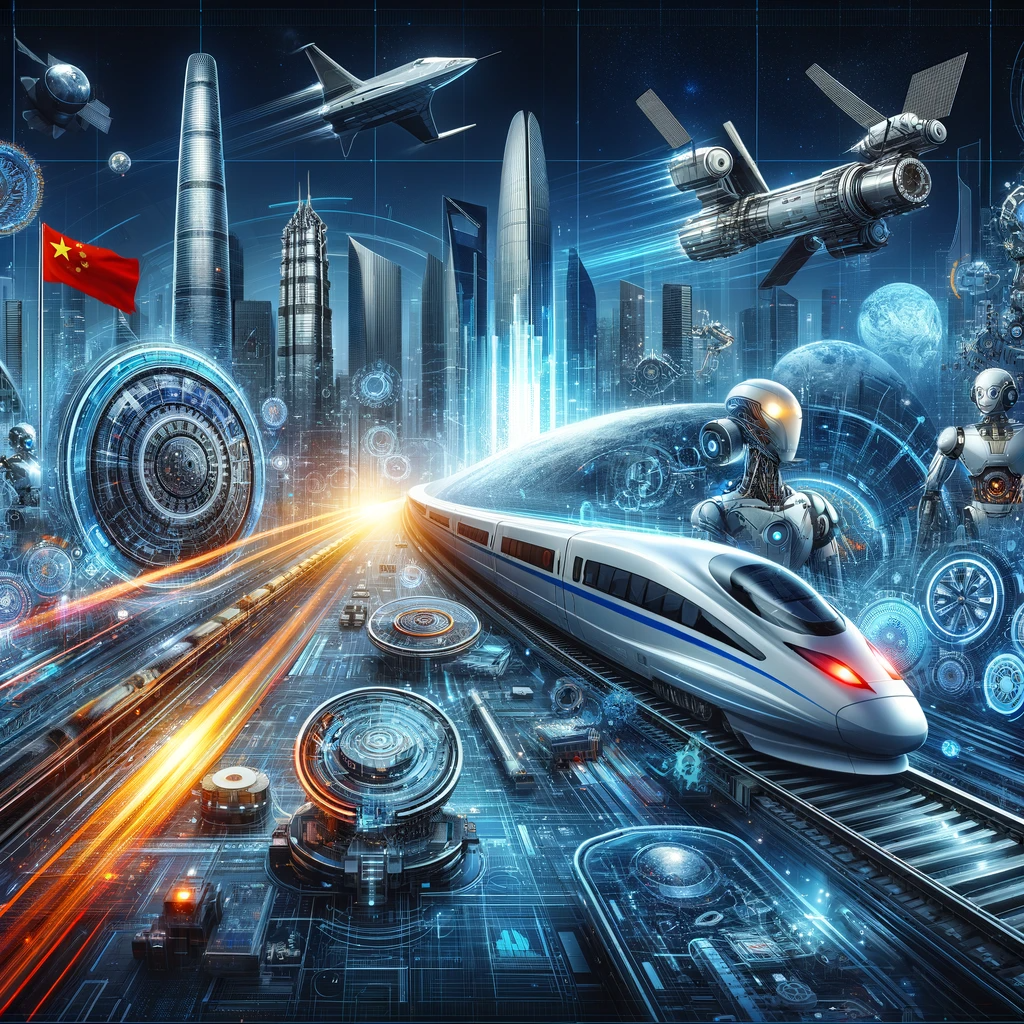
In recent decades, China has transformed into one of the world’s largest hubs for technology and innovation. The country has made significant advancements in various technology fields:1. Artificial Intelligence and Robotics2. Mobile Technology and Communications3. Space Exploration and Space Technology4. Processors and Semiconductors5. Renewable Energy and Green Technologies6. High-tech StartupsChina’s progress in technology is largely attributed to centralized government initiatives and heavy investments in research and development. This country is rapidly becoming a global leader in technology and innovation.
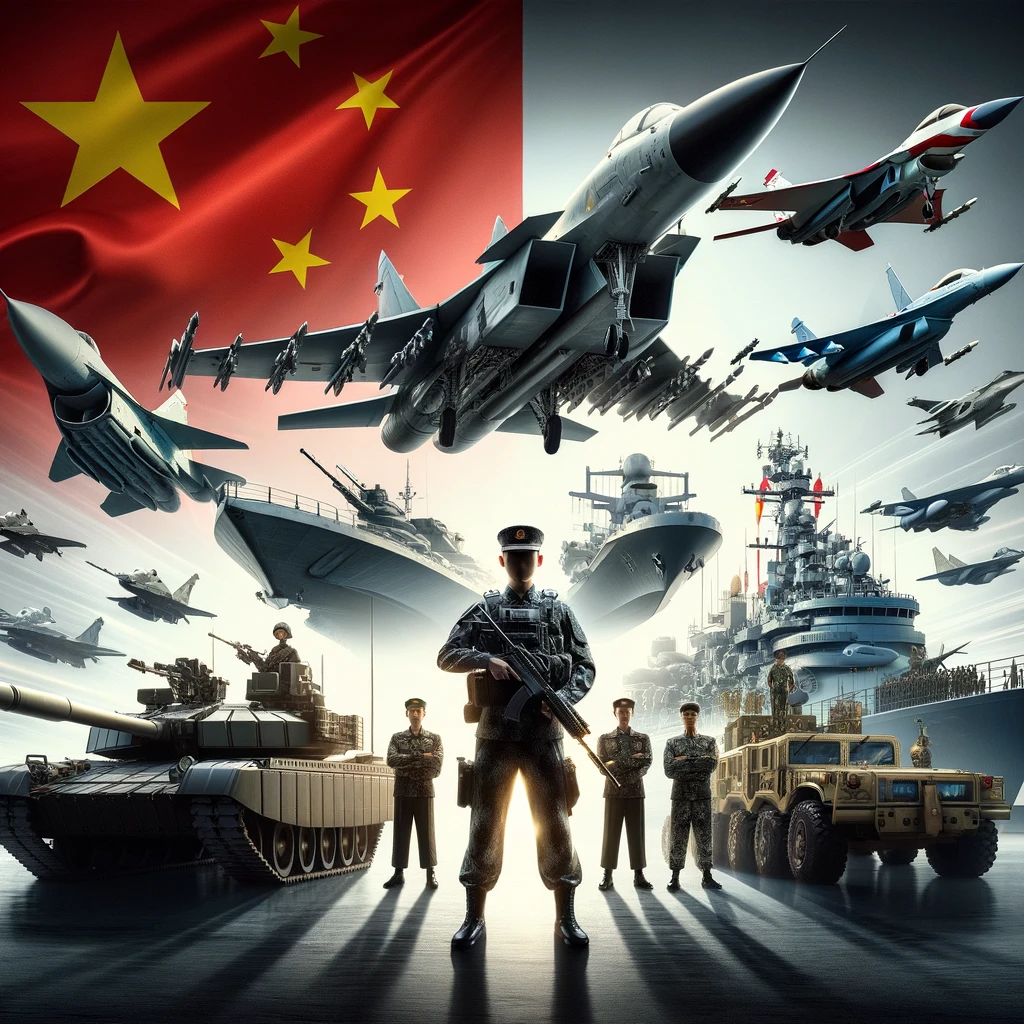
The People’s Liberation Army (PLA), officially known as the Chinese People’s Liberation Army, is a formidable and advanced military force, representing one of the most critical components of China’s military and political power. This army has played a pivotal role in modern Chinese history and is recognized as one of the largest military forces in the world.
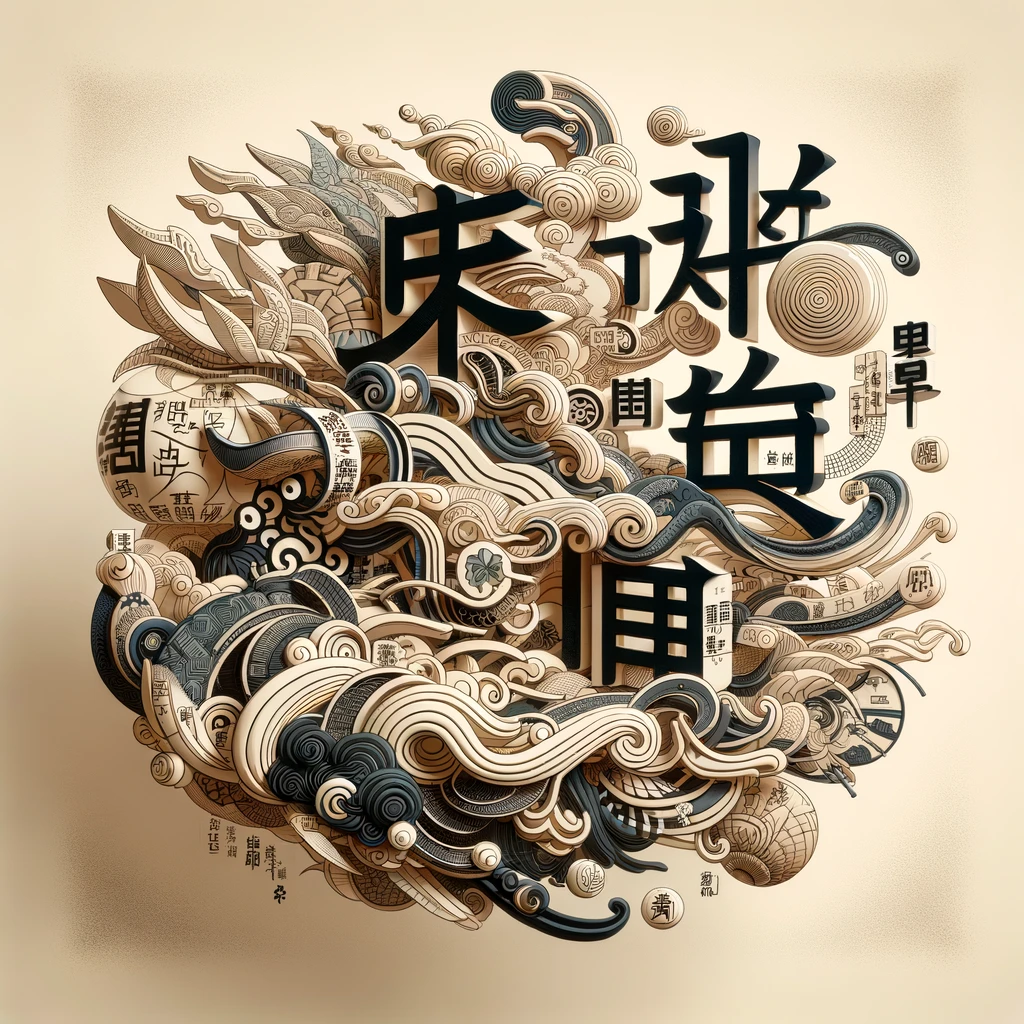
Language in China exhibits extensive diversity, with over hundreds of different languages and dialects spoken throughout this vast country. However, Mandarin (Simplified Chinese) is recognized as the official and primary language of China.

Architecturally, one of the most famous and iconic landmarks in China is the Great Wall of China. The Great Wall, which is one of the New Seven Wonders of the World, stands as a symbol of China’s history and culture, and it is one of the greatest architectural achievements in history.
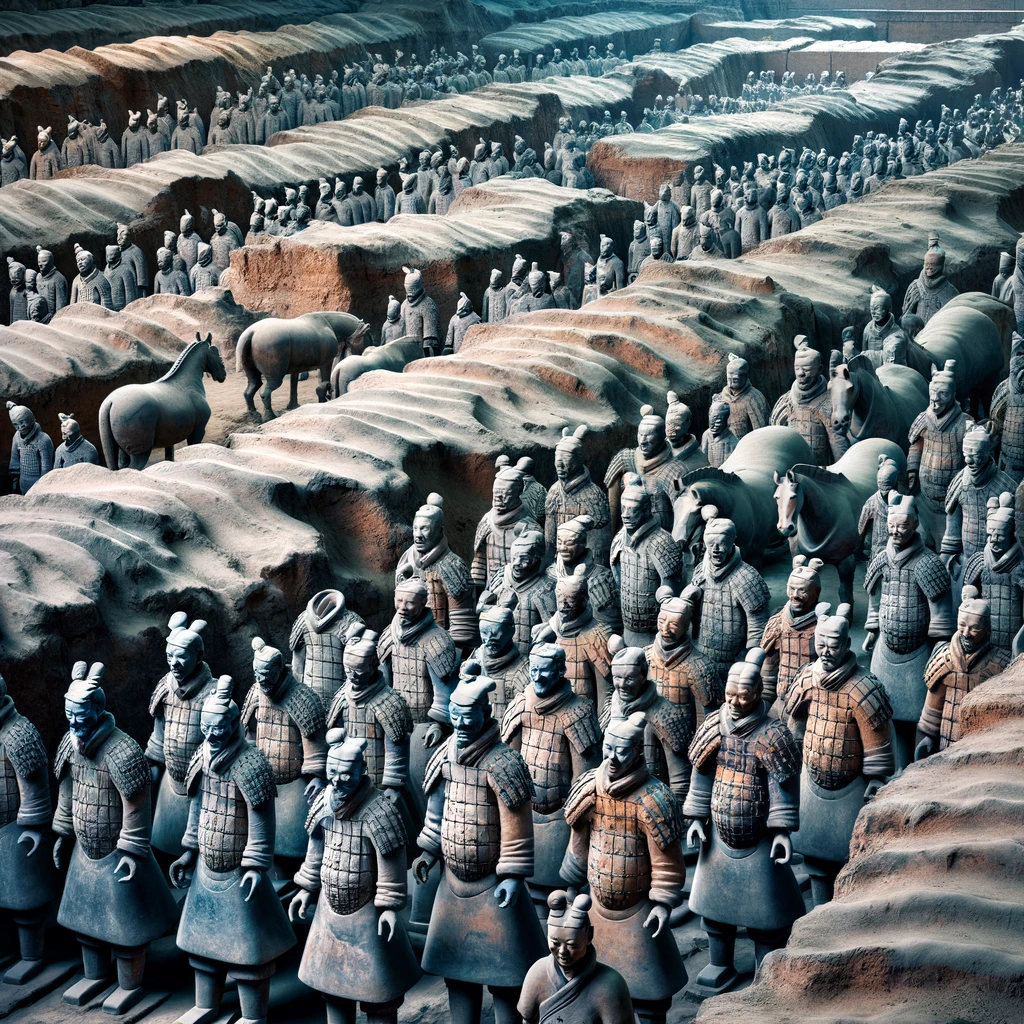
The Terracotta Army, or Terracotta Warriors and Horses, is one of the most famous and significant tourist attractions in China, located near the city of Xi’an. This astonishing collection consists of thousands of terracotta soldier and horse statues that were discovered in the late 1970s. They were originally created to protect Emperor Qin Shi Huang in the afterlife.
These sculptures were unearthed in the tomb complex of Emperor Qin, the first Emperor of unified China, and they serve as a testament to the power, religious beliefs, and cultural heritage of that era. Each of these statues is unique and meticulously crafted, depicting intricate details of the attire, hair, and even the facial features of the soldiers of that time.
The Terracotta Army is considered one of the most significant archaeological discoveries of the 20th century and showcases the technical and artistic achievements of ancient China.
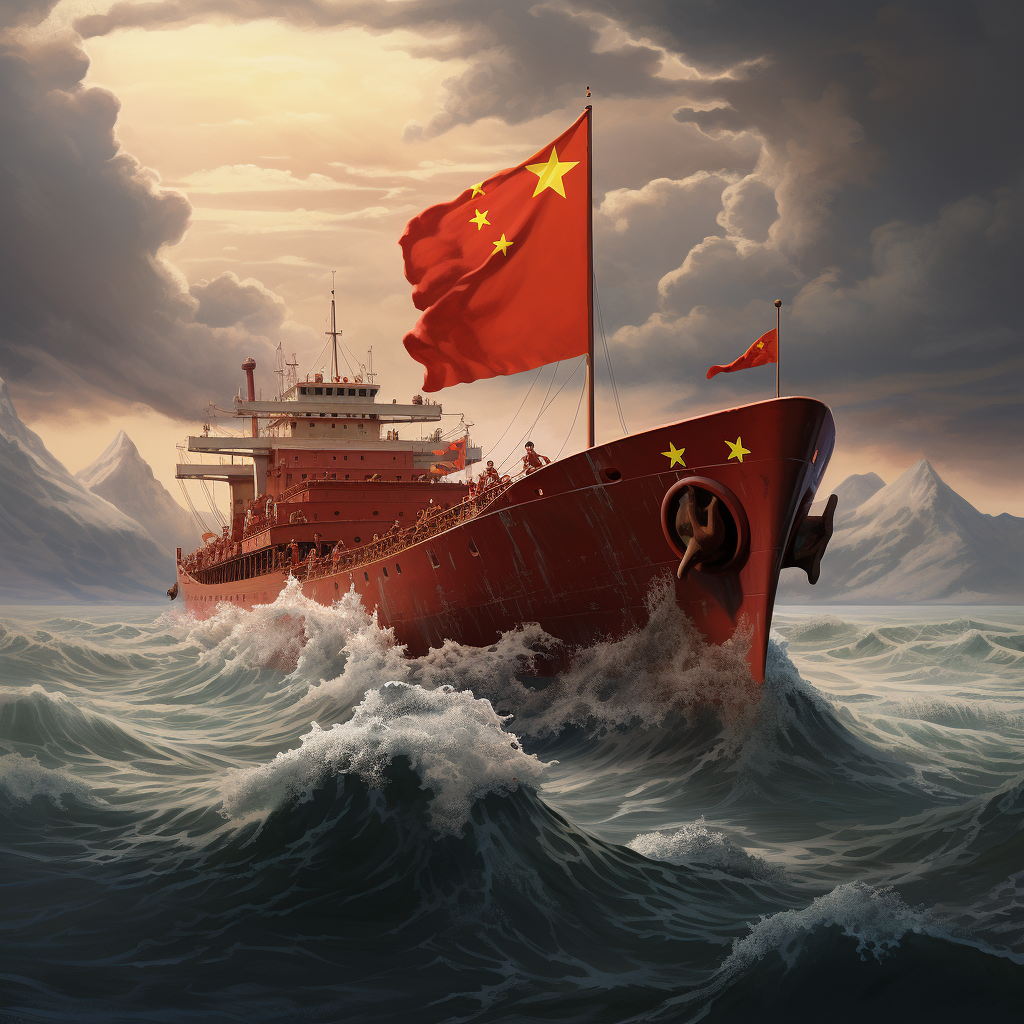
The national flag of the People’s Republic of China features a red background, symbolizing the revolution and the bloodshed of revolutionary martyrs. On this red background, there are five golden stars.The five stars consist of one large star and four smaller stars arranged around it. The large star represents the Communist Party of China, and the four smaller stars symbolize the four main social classes of Chinese society: the workers, the peasants, the petty bourgeoisie, and the national bourgeoisie.Symbolic Meaning: The flag’s design signifies the unity and guidance of the people under the leadership of the Communist Party of China. The red color and the golden stars are also symbols of revolution and illumination.


Leave a Reply